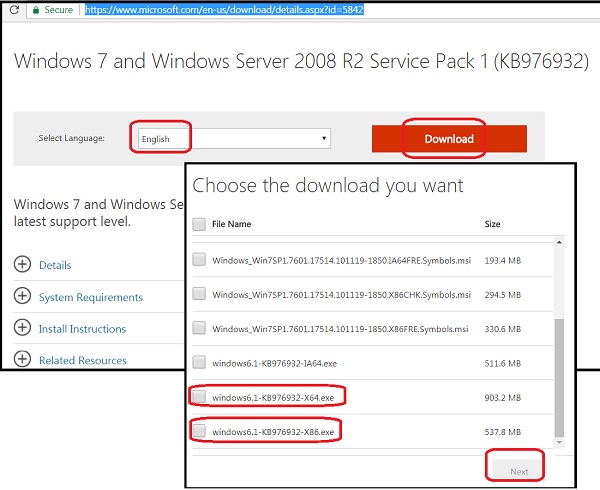
In the list, select the check box for the updates that you want to install under Important or Optional, and then tap or select Install.ĭetailed steps for Windows 7 Service Pack 1Ĭlick Start, type update in the search box, in the list of results, click Windows Update. If you see a message telling you that important or optional updates are available, or telling you to review important or optional updates, select the message to view the updates to install. In the details pane, select Check for updates, and then wait while Windows looks for the latest updates for your computer. In the search box, type Windows Update, and then tap or select Windows Update. Or, if you are using a mouse, point to the lower-right corner of the screen, and then select Search. Swipe in from the right edge of the screen, and then tap Search. See the logs after it finishes: %systemroot%\Logs\CBS\CheckSUR.log and article describes how to obtain updates from Windows Update in Windows 7, Windows 8.1 and Windows Server 2012 R2.Īpplies to: Windows 8.1, Windows Server 2012 R2, Windows 7 Service Pack 1 Original KB number: 3067639 Detailed steps for Windows 8.1 and Windows Server 2012 R2 Wait patiently for it to complete, this may take some time with little indication of progress until the end Run the downloaded Update Readiness Tool Read and then follow the appropriate download link here Download and run the Windows Update Readiness Tool: Open an Administrative command prompt (hit Windows key, type cmd, hit Ctrl + Shift + Enter)ģ. Check the system drive for filesystem errors: I recommend completing all of the following, in order, before trying to re-install the update:ġ.

Here are 3 things you can do to get that update installed.

Following the definition of insanity and going back to Microsoft Update to try again and again does not usually fix the problem. Sometimes Windows patches or service packs simply will not install successfully.


 0 kommentar(er)
0 kommentar(er)
